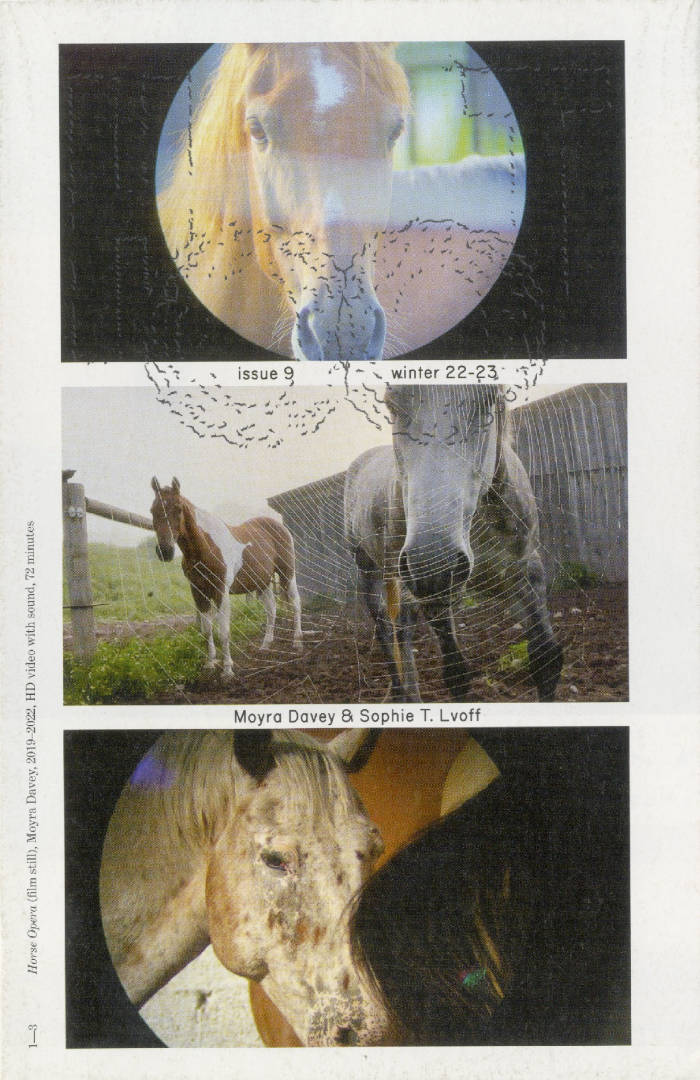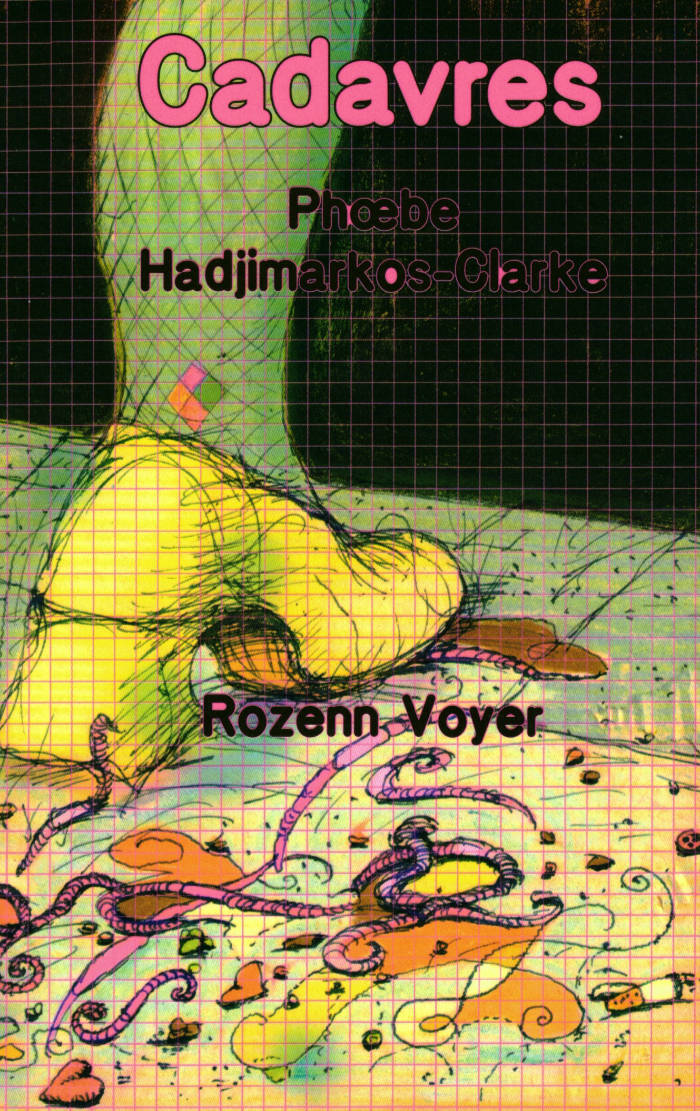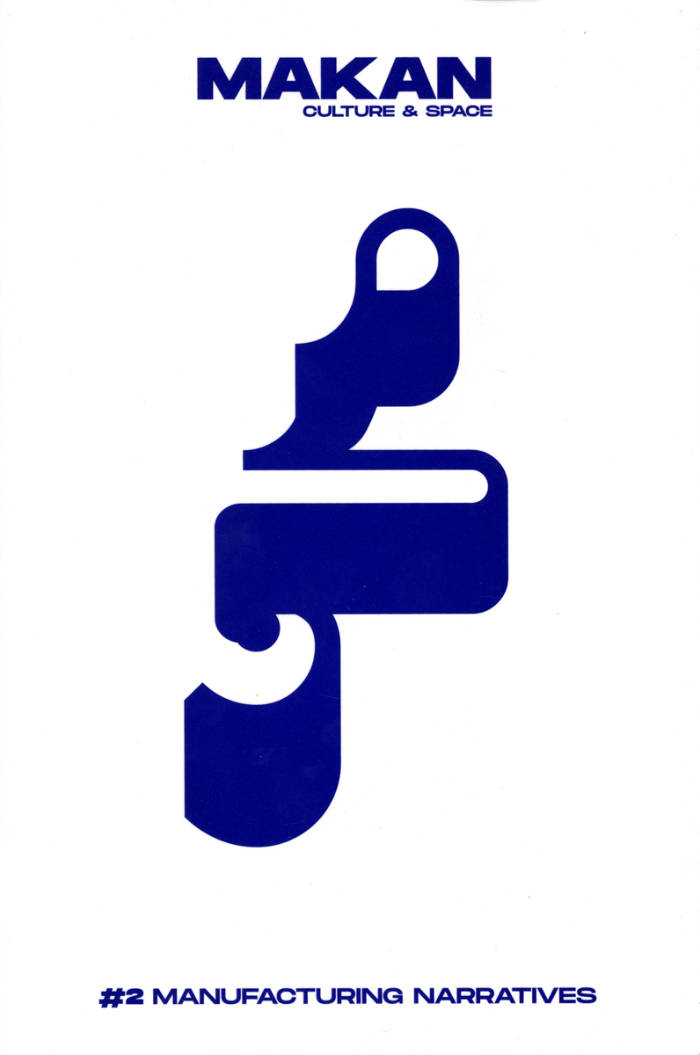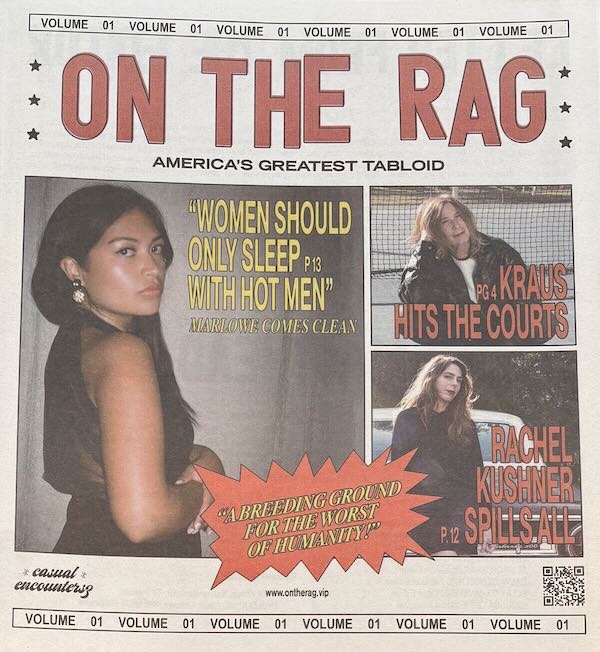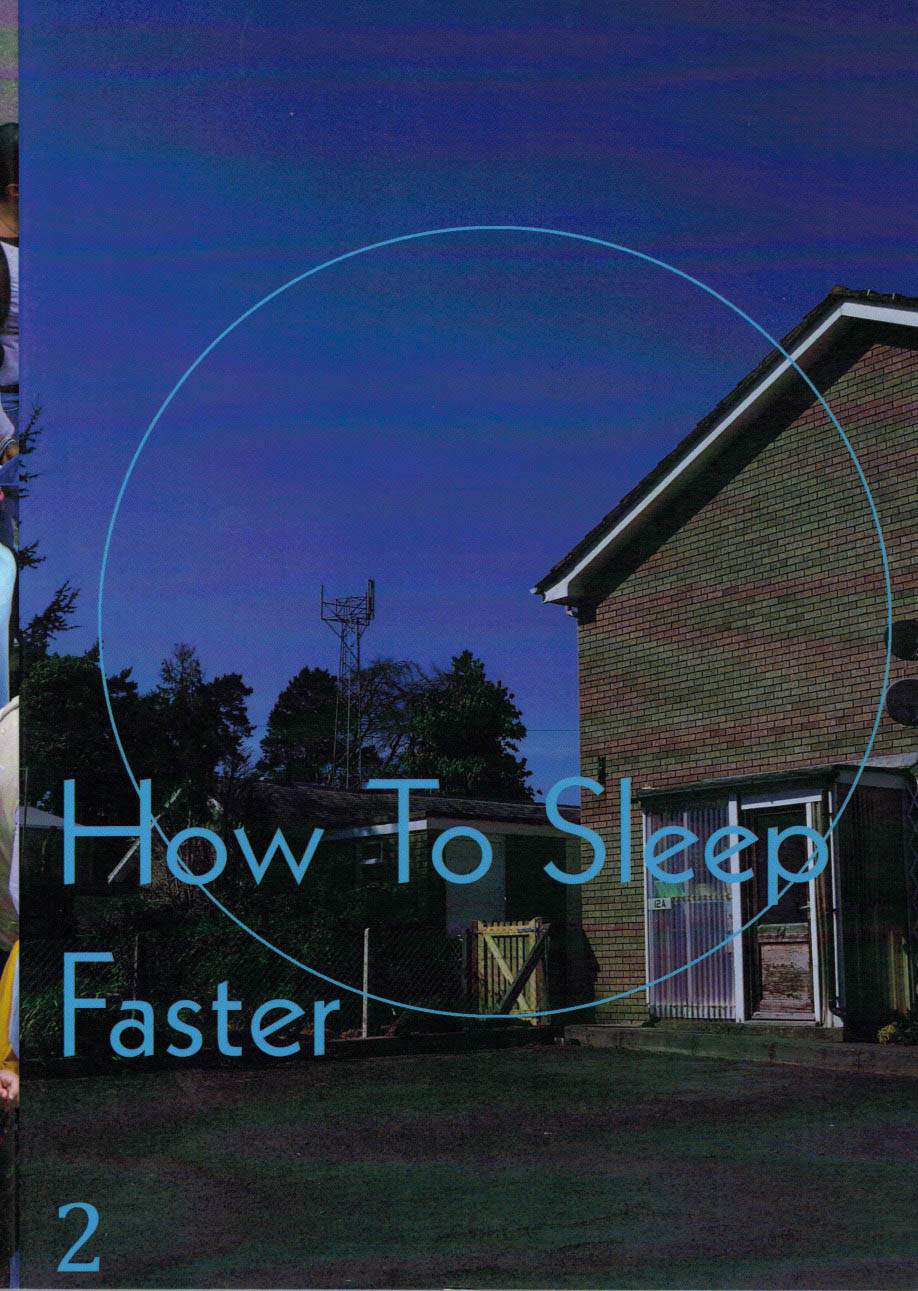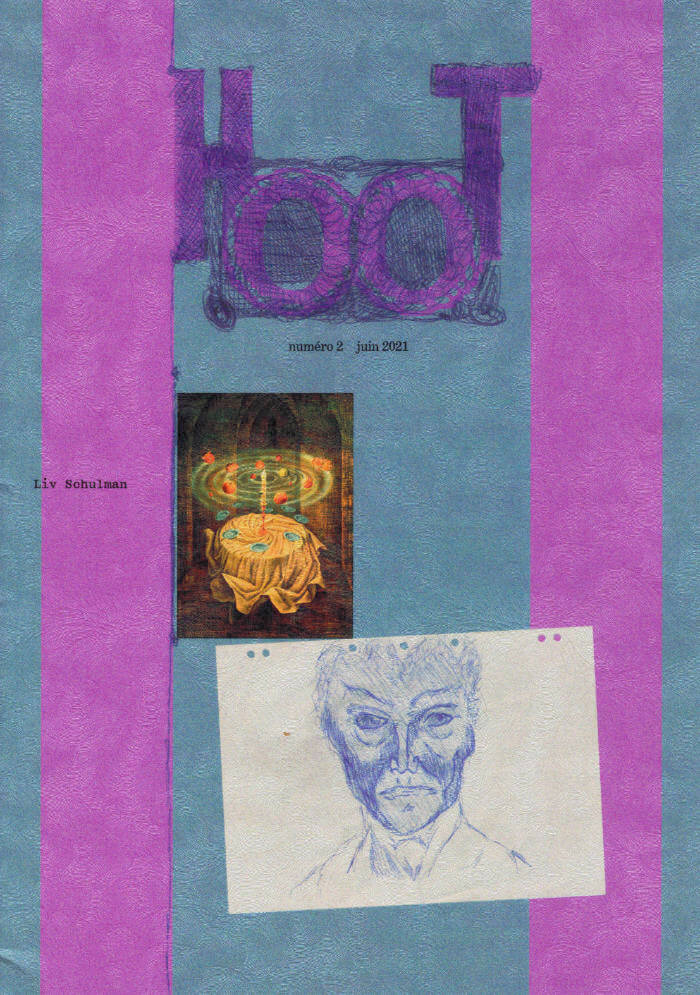
HOOT nr. 2 — Liv Schulman
Gufo ed., Clément Faydit ed., Rozenn Voyer ed.
Nous avons rencontré Liv par écrans interposés, en regardant un épisode de la mini-série « Que Faire ? ». Des phrases en sous titre se collaient à nos pupilles et se fixaient quelque part dans nos souvenirs. Le sous-titrage, comme la transcription d’une conversation, sont deux manières textuelles de traduire des paroles, des oralités, des environnements et des atmosphères. Le sous-titrage est le plus souvent synchrone avec le dialogue, au bas de l’écran ou parfois, comme au Japon, sur le côté. Les transcriptions que vous vous apprêtez à lire, elles, ont déjà eu lieu mais nous pensons que votre lecture les raviveront. Ces textes de paroles traduites s’accompagnent d’images-souvenirs. On se remémore, on oublie et puis on retrouve des archives. On essaie alors d’assembler les éléments, et avec ceux qui manquent, on invente. Parler avec Liv afin de tenter de saisir les silences et les mécaniques spéculatives laissés après la lecture des sous-titres de ses vidéos. Que faire ou plutôt ... comment faire avec ces phrases engluées qui ressurgissent parfois ? « Creativity is the unbearable desire. Is the everyday’s expression of failure » / « It’s not frustration that is revolutionary. It is revolutionarities that get frustrated ».
Language: French
